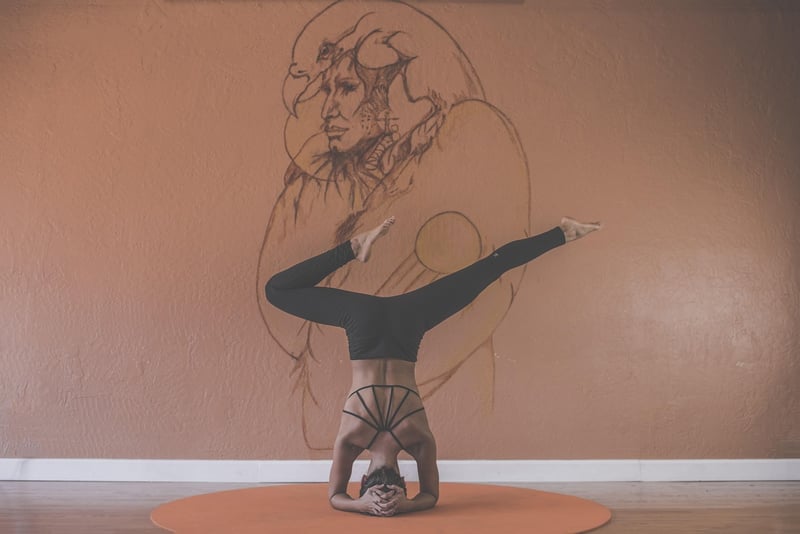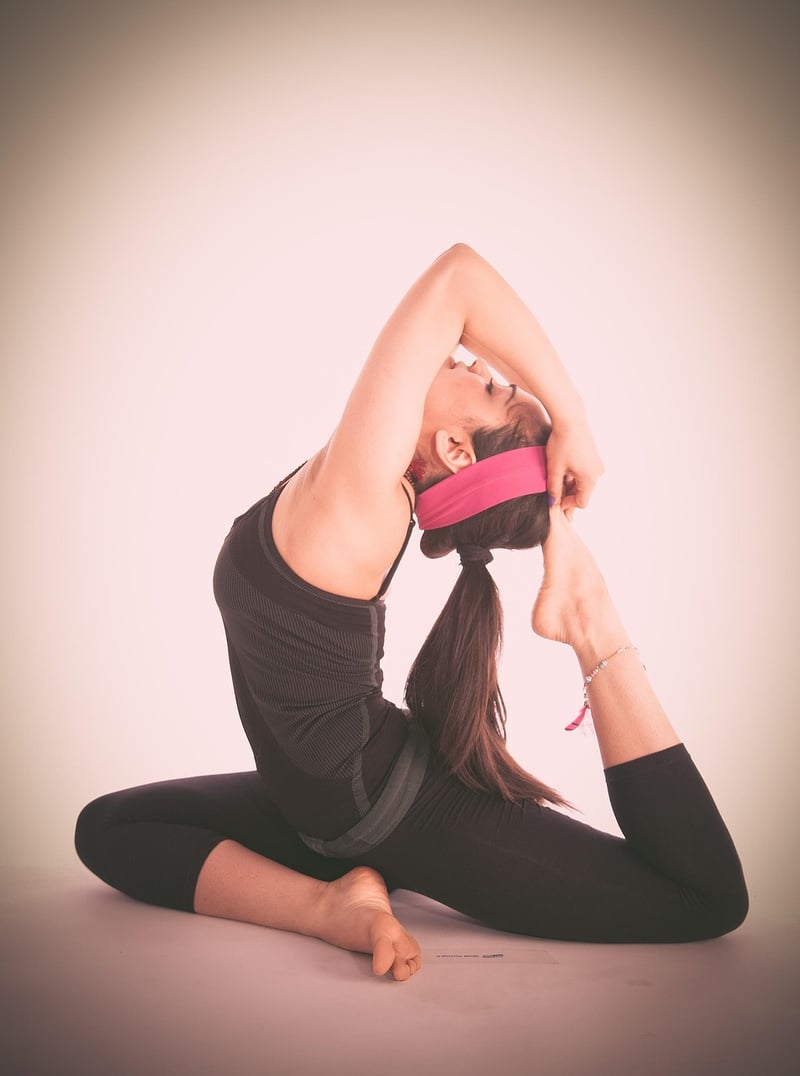Ashtanga Practice
The Importance of Physical and Mental Balance in Ashtanga Practice
Ashtanga yoga is a dynamic and physically demanding form of yoga that also encompasses mental and spiritual elements. Achieving a balance between these aspects is essential for a fulfilling Ashtanga practice.
Physical Balance
Physical balance in Ashtanga practice refers to the alignment of the body, strength, flexibility, and coordination. It involves mastering the various yoga poses or asanas while maintaining proper breathing techniques. Regular practice helps improve muscle tone, flexibility, and overall physical well-being.

Key Benefits of Physical Balance:
- Enhanced strength and flexibility
- Improved posture and body awareness
- Increased energy levels
- Enhanced circulation and detoxification
Mental Balance
Mental balance in Ashtanga practice involves focusing the mind, controlling thoughts, and cultivating mindfulness. It is about being present in the moment, letting go of distractions, and finding inner peace. Regular practice helps reduce stress, anxiety, and promotes mental clarity.

Key Benefits of Mental Balance:
- Reduced stress and anxiety
- Improved concentration and focus
- Enhanced emotional well-being
- Increased self-awareness and mindfulness
Ashtanga Practice
Ashtanga practice combines physical postures, breath control, and mental focus to create a holistic approach to well-being. It follows a specific sequence of poses that are designed to build strength, flexibility, and stamina. Ashtanga is often referred to as "eight-limbed yoga" as it encompasses various aspects of yoga philosophy.

By maintaining a balance between the physical and mental aspects of Ashtanga practice, practitioners can experience profound benefits for their overall health and well-being. Whether you are a beginner or an advanced yogi, cultivating physical and mental balance is key to unlocking the full potential of your practice.
Start your journey to harmony and vitality through Ashtanga practice today!
